Bitcoin has been at the forefront of digital innovation for over a decade now, revolutionizing the way we view and transact value. The emergence of Bitcoin Ordinals on the Bitcoin network takes this innovation to a new level, offering a versatile platform for a wide range of use cases beyond just storing and transferring value. The potential of Ordinals on the Bitcoin network is limited only by our imagination. With Bitcoin Ordinals, unique digital assets can now be created and traded with the same level of scarcity and authenticity as physical assets, making them an exciting new asset class in the digital world.
Before you can understand Bitcoin Ordinals, you first need to understand Bitcoin. For an overview of Bitcoin, you can read the previous Escient Financial Insights article Bitcoin – The Who, What, When, Why, and How. It's also a good idea to have an understanding of NFTs (non-fungible tokens) and Smart Contracts, which were recently covered in the Escient Financial Insights articles The Future of Ownership: NFTs on Blockchain and Smart Contracts: Revolutionizing Finance, Business, and Legal Agreements.
What are Bitcoin Ordinals?
Bitcoin Ordinals are essentially pieces of a bitcoin that are inscribed with rich data, such as text, an image, or other media. This is accomplished with the Ordinals Protocol that launched in January 2023 and made it much easier for Bitcoin node operators to link data with pieces of bitcoin. These inscriptions are similar to NFTs in that when the data is inscribed onto a satoshi (the smallest denomination of a bitcoin), that satoshi then becomes unique with its own value based on the content that is inscribed on it.
A single bitcoin (BTC) can be subdivided into 100 million satoshis, making each satoshi worth 0.00000001 BTC. You can think of Bitcoin as a dollar and a satoshi as a penny.
At the time of writing, a single BTC is worth approximately $27,000, therefore a single satoshi is worth 0.00027 cents. To make it a little more simple. A single U.S. dollar is currently worth approximately 3,703 sats. The U.S. dollar and the satoshi will reach parity (meaning $1 will equal 1 sat) if BTC reaches a value of $100 million.
Satoshis are numbered based on the order in which they were mined and transferred. The numbering scheme relies on the order satoshis are mined, while the transfer scheme relies on the order of transaction inputs and outputs. Hence the name “Ordinals”.
Think of an artist creating a piece of art on a dollar bill. While the bill itself is only worth a dollar, the art on it could potentially be priceless. This is essentially what a bitcoin ordinal is, a Satoshi with its own unique value.
The act of inscription makes one satoshi different from the next, and therefore uniquely valuable. Since some satoshis are rarer than others, and Bitcoin Ordinals are made from satoshis, it’s like they have an in-built rarity system. The Bitcoin network itself also operates on a series of frequent events which opens up the opportunity for rare occurrences. It’s rather technical, but in short, coins mined and sats inscribed during these significant periods for the network have a distinction, and therefore could be deemed collectible.
Are Ordinals NFTs?
Often dubbed the NFTs of the Bitcoin blockchain, Ordinals introduce novel options and use cases for Bitcoin network. While there are some similarities between Ordinals and NFTs, there are some essential distinctions between them.
NFTs are tokens (hence the name non-fungible token) and are typically made using smart contracts on blockchains such as Ethereum, Solana, and the BNB Smart Chain. Sometimes the assets the NFTs represent are hosted elsewhere, rather than on the blockchain itself. Conversely, Bitcoin Ordinals are inscribed directly onto individual satoshis, which are then included in blocks on the Bitcoin blockchain itself, so the data fully resides on the blockchain. There is no need for a sidechain or separate token. In fact, Ordinals are not tokens at all and do not use smart contracts. In this sense, Ordinal inscriptions inherit the simplicity, immutability, security, and durability of Bitcoin itself.
Rarity as Value
That leads us to the simple framework suggested by the founders of Bitcoin Ordinals in that key events could decide the rarity of a sat and the ordinal inscribed into it. The first sat of every new block would be rarer than the other sats in the block. The first sat of an adjustment period (when the difficulty of calculating the mining hash is adjusted to ensure blocks are mined approximately every 10 minutes) that occurs approximately every two weeks would be even rarer. As the next halving is slated for 2024 (to reduce the mining block rewards from the current 6.25 BTC to 3.125 BTC) the first sat of each halving epoch would add another level of rarity.
Inscribing Your Own Bitcoin Ordinal
- Get technical: Your first option is to run your own Bitcoin node and sync it to the Bitcoin blockchain. It's a technical process, but the good news is that there’s a less complicated alternative.
- Use a service to inscribe an Ordinal for you: If you want to inscribe your own Bitcoin Ordinal, but don't want to run your own Bitcoin node, some Bitcoin inscription services already exist. For example, a service called Gamma has a no-code tool that allows inscribing an ordinal in minutes. The tool also offers affordable and customizable transaction fees, but keep in mind the service will also charge a fee. This is not an endorsement or recommendation to use Gamma.
Buying, Selling, and Trading Bitcoin Ordinals
User-to-User
- Go to ordinalswallet.com
- Click on “Create Wallet”
- Take a backup of the recovery phrase for your wallet
- Set up a password for wallet access
- Use the address of the Ordinals Wallet to send some sats to the wallet
- Go to “Collections” at the top of the page
- Choose the ordinals collection and the inscription that you would like to buy
- Buy the ordinal (using the sats in your wallet)
Marketplaces
Receiving and Securing Ordinals
To send and receive Bitcoin Ordinals, you will need to make sure you have a wallet that supports Bitcoin Ordinals. Whichever wallet you’re using, you should always generate a new address when receiving an ordinal. You can label your separate addresses in most wallets that support them and this will stop you from sending your Ordinal accidentally.
Receiving Ordinals Securely in a Hardware Wallet
If you have a hardware wallet that you want to use Bitcoin Ordinals with, you need to make sure that it supports Taproot and Bitcoin Ordinals. An example of a hardware wallet that does is Ledger. Before you attempt to do anything with Bitcoin Ordinals on your Ledger hardware wallet, be sure you update the device first. Next, you will have to create a new Bitcoin account dedicated to Ordinals. Using your device, you will open the Bitcoin app and add a Taproot account. Once you have this account set up you can send Ordinals to it. To understand the process in full detail, read Ledger's support article Storing and Managing Bitcoin Ordinals with Your Ledger.
There are other hardware wallets that also support Bitcoin Ordinals, such as Trezor. This is not an endorsement or recommendation to purchase or use a Ledger, Trezor, or any other hardware wallet.
Receiving Ordinals in a Software Wallet
Sending a Bitcoin Ordinal
Before you send Ordinals between wallets (whether to someone else or to another wallet you own) be sure you understand UTXO management. UTXO stands for Unspent Transaction Output and refers to the amount of cryptocurrency leftover from a specific transaction. UTXOs are like unspent change. Each time you send bitcoin on the Bitcoin network it’s like you receive the rest of your balance back in your wallet through a UTXO. That unspent change is actually where you’ll find the data for Bitcoin Ordinals. If that is confusing, or if you want to understand more, make sure you check out the Ledger Academy guide on UTXOs. Plus, keep in mind that Bitcoin Ordinals are new and wide support is not available yet, making transactions with Bitcoin Ordinals more difficult, more time consuming, and with the need to use more than one application or wallet software. For example, Ledger Live does not currently support buying, selling, or transferring Ordinals, requiring the use of third-party wallet software, such as Sparrow Wallet, to send Ordinals with a Ledger hardware wallet.
Are Bitcoin Ordinals Safe?
Keeping Your Bitcoin Ordinals Safe
Pros and Cons of Bitcoin Ordinals
The cryptocurrency and digital asset industry is still new and is rapidly changing and growing with frequent new developments. A Certified Digital Asset Advisor, like Escient Financial, can help you determine if cryptocurrency is an appropriate investment for you, help you integrate it into your financial plan, and assist you with navigating this new asset class. To get real financial advice now, feel free to...
This content is developed from sources believed to be providing accurate information. The information in this material is not intended as investment, tax, or legal advice. It may not be used for the purpose of avoiding any federal tax penalties. Please consult legal or tax professionals for specific information regarding your individual situation. The opinions expressed and material provided are for general information, and should not be considered a solicitation for the purchase or sale of any security. Digital assets and cryptocurrencies are highly volatile and could present an increased risk to an investors portfolio. The future of digital assets and cryptocurrencies is uncertain and highly speculative and should be considered only by investors willing and able to take on the risk and potentially endure substantial loss. Nothing in this content is to be considered advice to purchase or invest in digital assets or cryptocurrencies.
Enjoying Escient Financial’s Insights?
The weekly newsletter is usually delivered to your email inbox Friday or Saturday, and includes:
- the latest Escient Financial Insights articles
- a brief of the week's important news regarding the markets
- recommended third-party reads
- selected Picture of the Week
Escient Financial does NOT sell subscriber information. Your name, email address, and phone number will be kept private.
















